Viognier Wines: Genuinely Unique Takes On This Rare, Resurrected Grape Variety
by Ken Gargett
The last Friday in April is now designated International Viognier Day. Would the world be poorer if we did not have an International Viognier Day? Probably not, but it does seem that every grape now has its day. Well, nearly everything has its day and some are even important, like Earth Day.
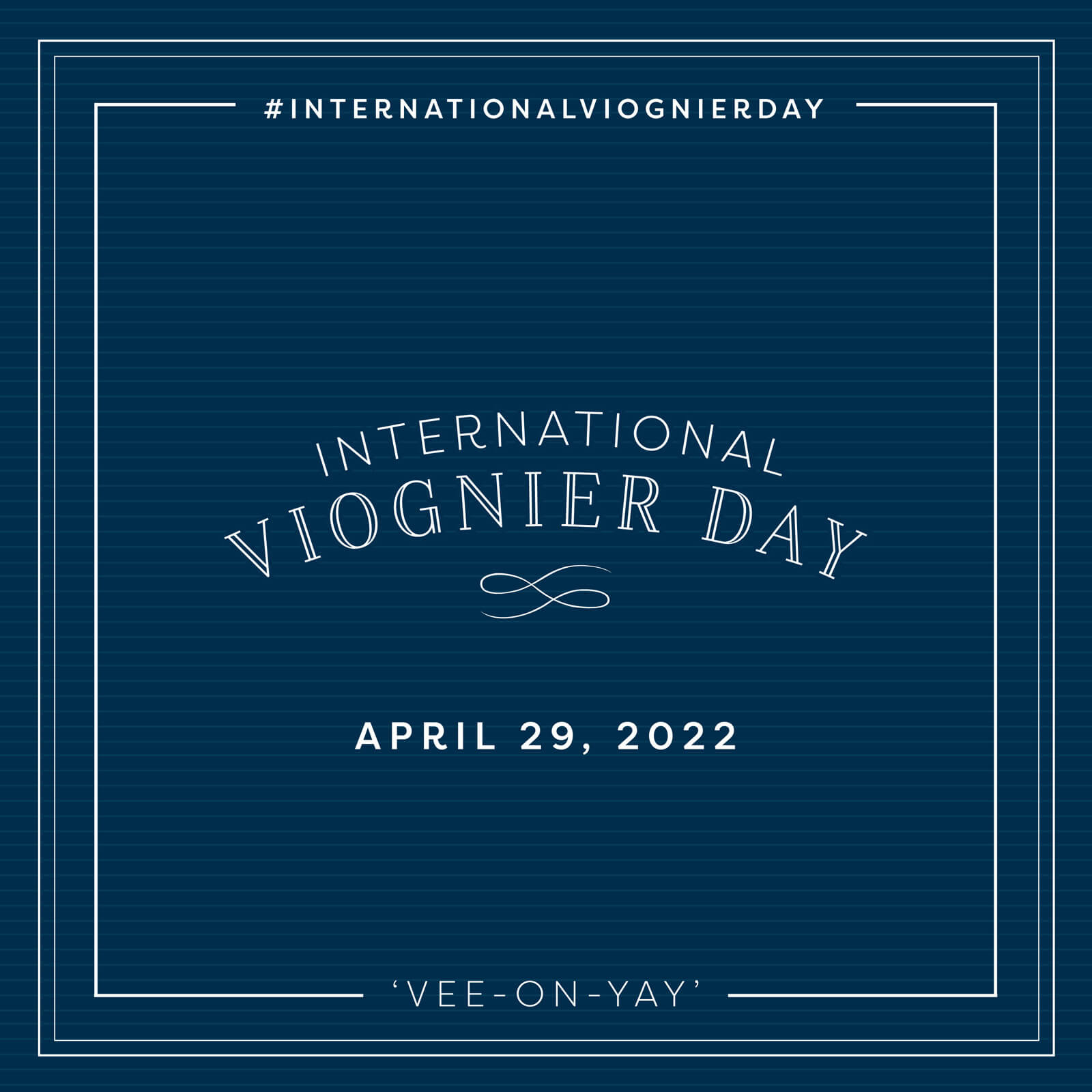
International Viognier Day
At my time of writing, yesterday was National Jellybean Day. Today is National Asparagus Day, National Lost Dog Awareness Day, National German Beer Day, and National Talk Like Shakespeare Day. I swear I am not making any of those up.
I checked my birthday and that made for rather dismal reading. National Weigh-In Day and Humiliation Day (why do we need a Humiliation Day and what exactly does one do on Humiliation Day? If you follow the same sporting teams as I do, every day seems to be Humiliation Day). Also National Drinking Straw Day. Seriously? More encouragingly, it is also National Chocolate-Covered Cherry Day and the Festival of Sleep Day.
Who comes up with this stuff?
Viognier. I am always in awe of those incredible individuals who manage to save a historical monument or a site of great importance or, even through their conservation efforts, a species. Wonderful stuff. So why not a grape variety?
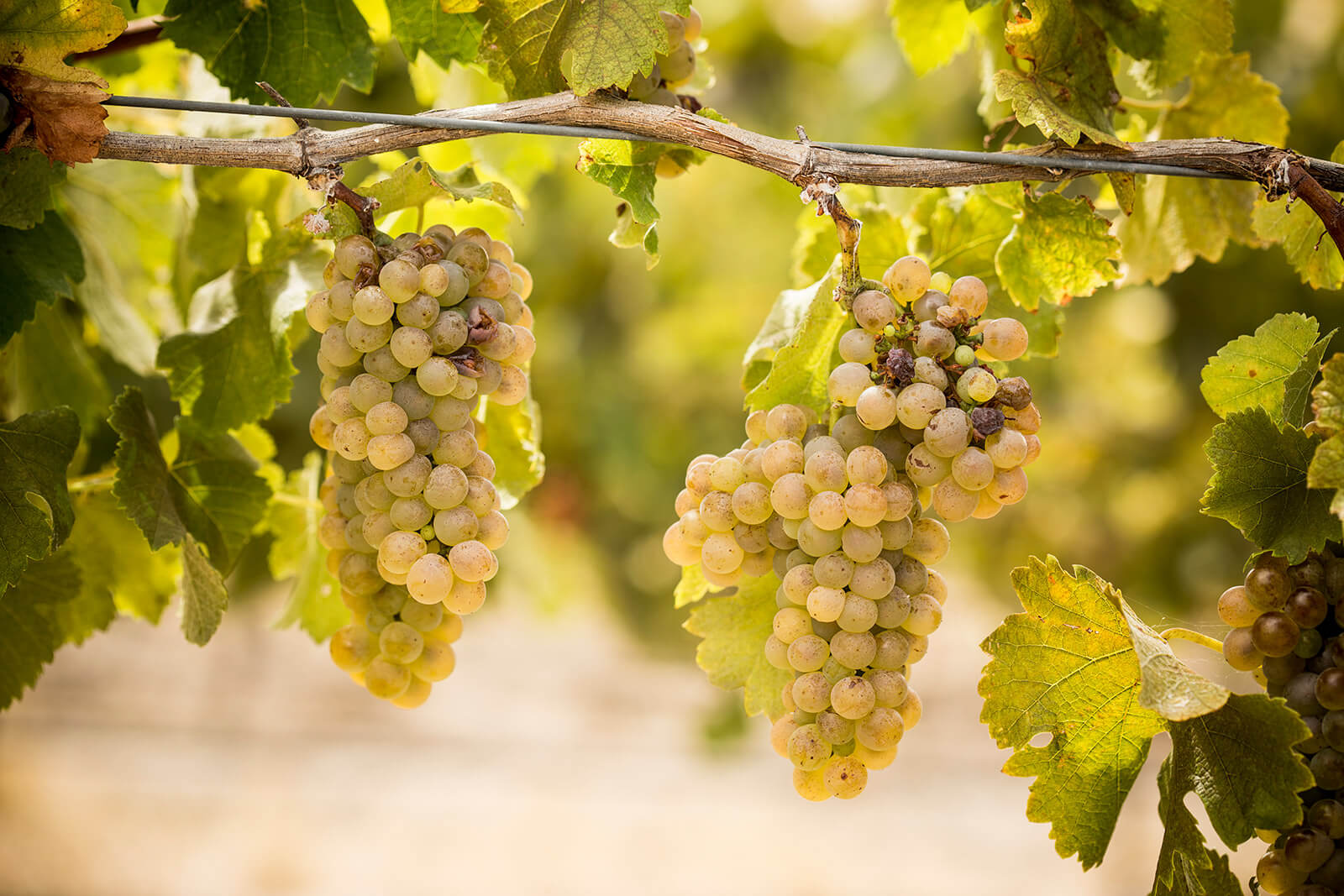
Yalumba Viognier grapes on the vine
The white grape Viognier hails from the Rhône Valley, but if not for the efforts of a winery on the other side of the planet, Yalumba, and in particular its winemaker, Louisa Rose, it might well have been lost for all time. Perhaps not. We’ll never know, but it would certainly have been a near thing.
Matt Walls, in his informative Wines of the Rhône, notes that in 1965 there were just eight hectares of Viognier left in the world. John Livingstone-Learmonth (The Wines of the Northern Rhône) records that 13.7 hectares remained in 1971, restricted to Condrieu (12 hectares) and Château Grillet (1.7 hectares), though surely there must also have been vines, however few, in Côte Rôtie.
Now, Viognier accounts for 15 percent of white plantings in the Rhône (1,423 hectares), but that is still less than two percent of all plantings in that region and just over a third of France’s total plantings (France and Australia are now largely on a par for Viognier plantings). In 2016, global plantings exceeded 16,000 hectares. Walls gives much of the credit for the saving of the variety to Georges Vernay, a Condrieu producer, whose contribution was also crucial. It is understandable that in a book on the wines of the Rhône Valley, a South Aussie operation does not get too much (or any) recognition.
In Jancis Robinson’s essential Wine Grapes, Louisa Rose is given her due: “One South Australian winemaker has done so much for the cause of Viognier that her name has become almost synonymous with this variety.” Aside from recognition for hosting the world’s first (and only?) International Viognier Symposium in 2002, a wonderful few days in which I tasted more Viognier than one could have imagined existed, the book notes how Yalumba was responsible for the first commercial plantings in the Eden Valley in 1980, leading to more than 500 Australian wineries now making Viognier. The concept of International Viognier Day is also down to Louisa Rose.
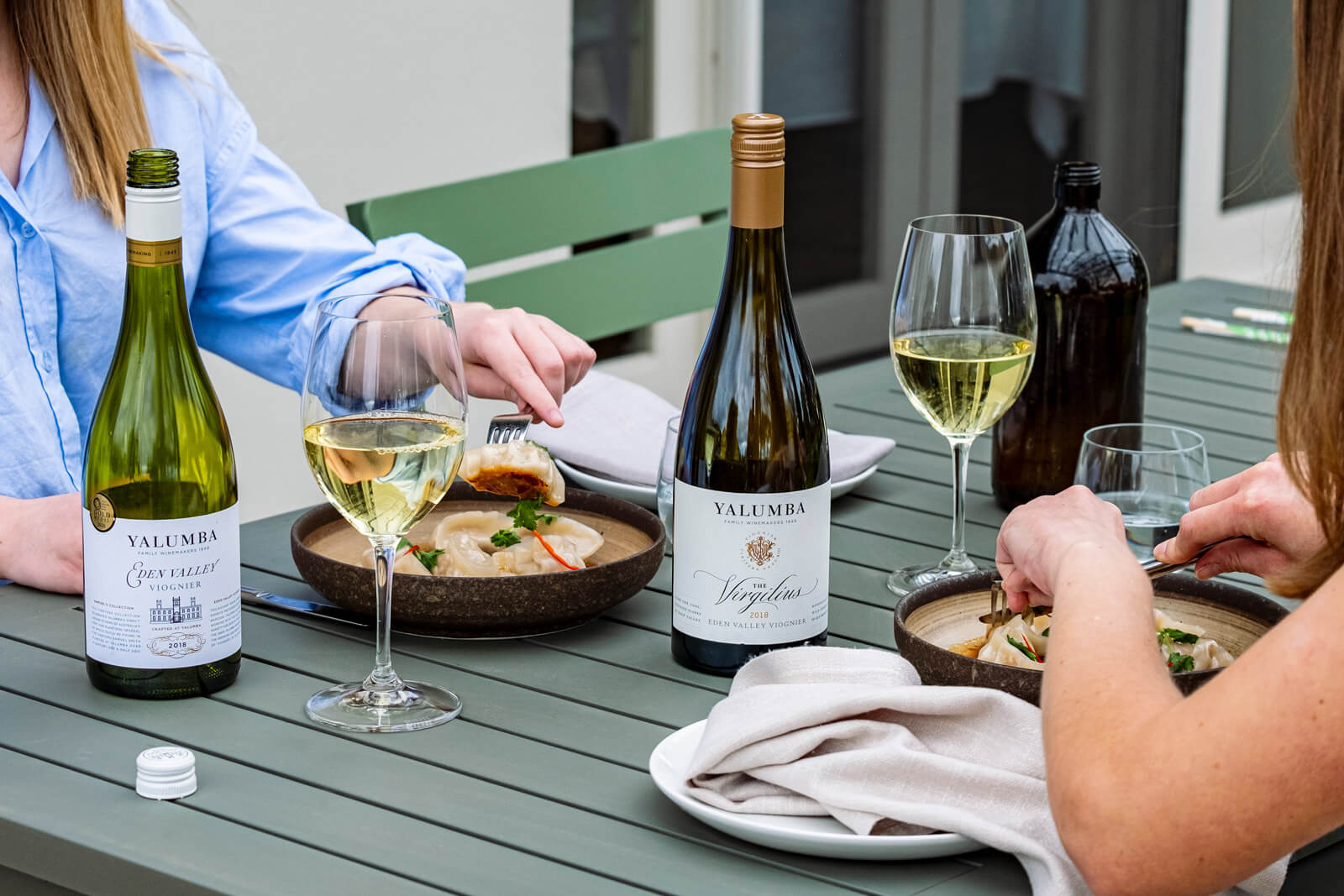
Yalumba Viognier
More about Viognier
Before proceeding, it must be acknowledged that Viognier is also an intriguing component of several red wines, most notably those from Côte Rôtie in the Rhône, where up to 20 percent of the blend can be Viognier, though in practice it is rare for its contribution to exceed five to ten percent.
Why? The theory is that when co-fermented with Syrah (Shiraz) Viognier enhances the color, although you’ll need someone with more scientific knowledge than I have to explain how adding white to red intensifies and brightens the red color. Maybe even more importantly, it also adds entrancing perfumes to the aromas.
Indeed, it was perhaps the fact that Viognier vines often intermingled with Syrah that allowed them to avoid extinction. This blending of the red and white – not always these two varieties – is not uncommon around the world now. Good examples are to be found in California and the wonderful Clonakilla Shiraz Viognier from the Murrumbateman region of Australia, the best version of this Côte Rôtie blend to be found Down Under.
In France, Viognier is the grape for Condrieu and the tiny appellation Château-Grillet. The latter appellation is a mere three hectares, and all of it belongs to one producer, Château-Grillet, now owned by the famous Bordeaux producer Château Latour (or perhaps more accurately its owner, Kering’s François Pinault, who also owns the legendary Burgundy house Clos de Tart).
I’ll confess it is the better part of a decade since I have tried Château-Grillet – as you can imagine the production is miniscule, and it was always seriously expensive (hard to envisage it being any less so under the wing of a First Growth). For me, it always fell in with a small handful of producers usually making cult wines, which tend to be divisive but which can occasionally offer stellar wines. And just as often overrated and dismal disappointments.
When they are good, however, they can be exceptional. The champagnes of Jacques Selosse and the Sauvignon Blancs from Pouilly-Fumé made by the late Didier Dagueneau are other members of this cadre. These are sometimes the vinous versions of the Emperor’s New Clothes, though.
Château-Grillet is one of those wines I’d be very happy to try at any time as long as I was not paying for it, but I suspect that under Château Latour it will in time be reinstated to its former glory.
Condrieu is the better bet for Viognier fans. It has crept up to just over 203 hectares, and all wines must be 100 percent Viognier. In truth, while I might be looking at some of the local Australian Viogniers here, this is the region to look to for the very best (Yalumba’s Virgilius is certainly a contender, but one might suggest that Condrieu is Champions League for Viognier and all other regions are simply working hard in the hope of eventual elevation to it).
The best makers are Vernay, Guigal, Rostaing, Yves Cuilleron, Gangloff, and André Perret among a number of emerging stars. Viognier can also be used as part of the blend of Côtes du Rhône and other regions from the south of France. There are also occasional examples of sweet Viognier, something that works very well when done properly – think liquid apricot jam.
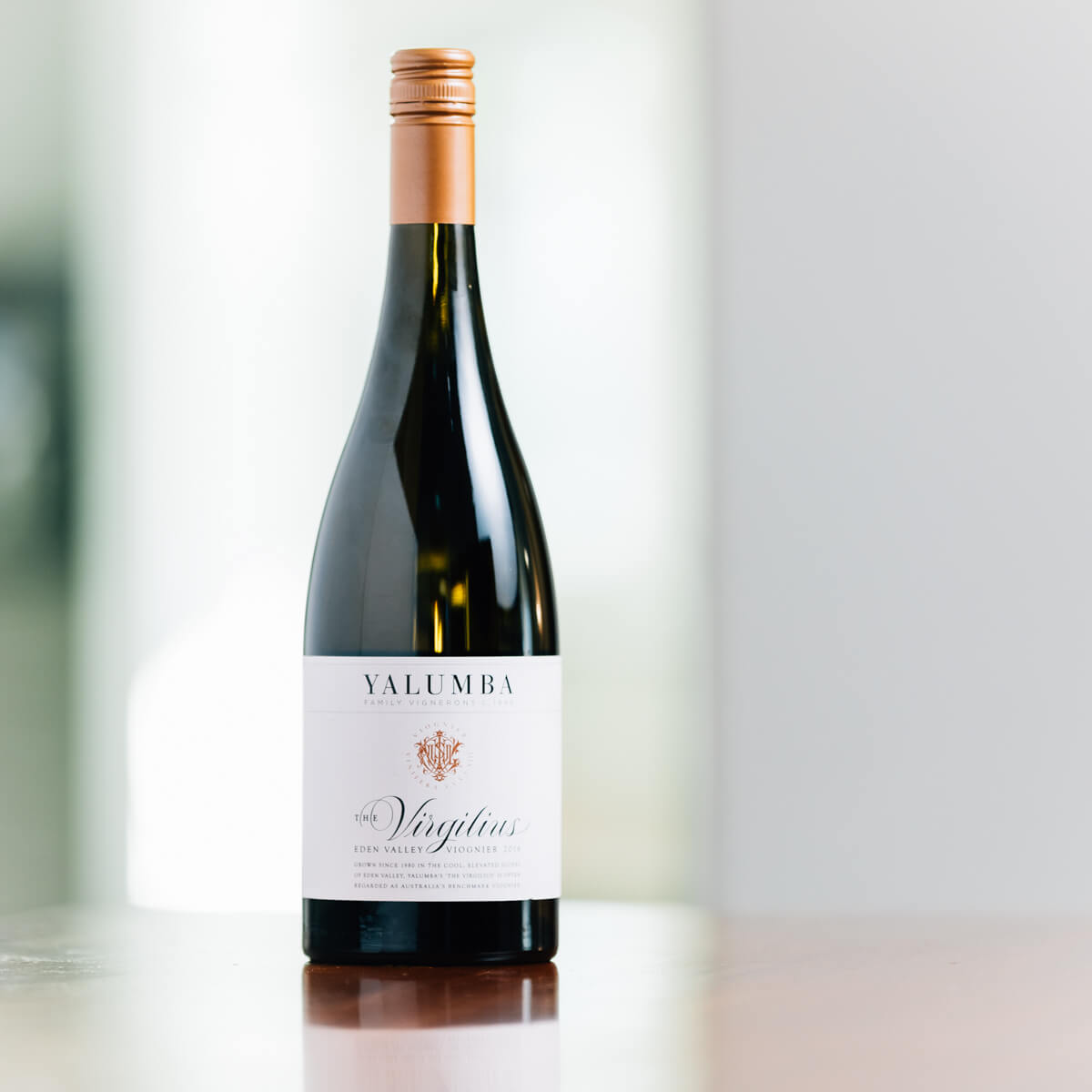
Yalumba’s Virgilius
What to expect from Viognier
Great Viognier is a joy, an explosion of flavors and intensity while maintaining balance and focus. Stone fruit, especially apricots, ginger, lemon grass, peaches, mandarins, orange marmalade, and honeysuckle. These are richly flavored and opulent wines.
The question is sometimes asked whether Viognier ages well. As Rose says with a resigned sigh, “There are only about five people in the world putting Viognier in their cellars to age,” but whenever anyone encounters a bottle that has been well-cellared, they are blown away. The answer is yes, it does age well, but it is so alluring and enticing when young that it also gives the erroneous impression that it will not be a grape that does age given the chance.
You might not think this is important if everyone is happy drinking the stuff young, but it is a critical question when the wine geeks among us (yes, my hand is up) look at whether or not a variety is “noble.” There is no official definition of “noble,” but it is what every grape wants to be when it grows up. Most critics would accept that the ability to age is a crucial component of the great wines. Leaves Viognier betwixt and between.
Australian Viognier
To celebrate Viognier Day Down Under, I have looked at the range of Yalumba Viogniers and a few others.
As mentioned, Yalumba planted Viognier in the Eden Valley in 1980, just 1.2 hectares, and while these became the first commercially effective plantings in Australia, they were not the first plantings in the country (even 1.2 hectares is impressive when one considers that less than a decade earlier the world’s plantings were just ten times that).
First plantings are debated but it is generally considered that the Heathcote Winery in Victoria pipped Mornington Peninsula’s oldest winery, Elgee Park, by a year – 1978 to 1979 – with Yalumba following. Heathcote Winery thought that it and Elgee Park might have planted the same year but Elgee Park’s Laurence Tedesco once told me that it lagged by 12 months.
Whoever claims the honor, it was Louisa Rose, a former Australian “Winemaker of the Year” amongst endless bling, and Yalumba who picked up the torch and has carried it ever since. That said, Yalumba never really got its act together until Rose arrived in 1993.
Despite making a range of different Viogniers, it will be on the back of Yalumba’s premium release, the Virgilius, that the reputation of Viognier in Australia will sink or swim. This is an example of Viognier that is designed to age and evolve, even if most of it never gets the opportunity. I’ve always believed that if in the long run the Virgilius falls short, then Viognier will never be seen as anything more than the party girl: great fun today, forgotten tomorrow. So far, so good.
Virgilius is a fine example of the way to make quality Viognier, though there are always variations on a theme and terroir will always play a crucial role. Grapes are hand-picked as “soon as flavor arrives in the grapes,” according to Louisa Rose, who has noted that in the vineyard, “there will be nothing, then everything,” so they need to be ready to move quickly.
The juice goes straight into barrels, leading to “different ferments.” There is no intention to seek oak characters here as the barrels used are usually around four to five years of age and have usually been home to Chardonnay prior to receiving Viognier. Merely receptacles.
Yalumba has never used any new oak in the Virgilius, though the winery has trialed it in other Viognier wines. The barrels are kept in the cold room to prevent malolactic fermentation (Viognier is a low-acid variety so by blocking the malo, Yalumba keeps the wine fresh and bright – you’d go through malo if you wanted to soften the acidity).
The barrels are stirred regularly and kept topped. Rose has told me that the “oxidative handling” adopted during winemaking meant that the juice would actually go brown but during fermentation/precipitation the color would return and any unwanted oiliness would be lost. The wine is usually bottled after around 12 months in oak. Only wild native yeasts are used.
The first Virgilius was the 1998 based on the original 1980 plantings. At the time, Yalumba felt that although it was still learning about its vineyards it had a few barrels that looked especially interesting. These were kept aside, and 200 dozen bottled as a separate release. Today, around 400 cases of Virgilius are released each year.
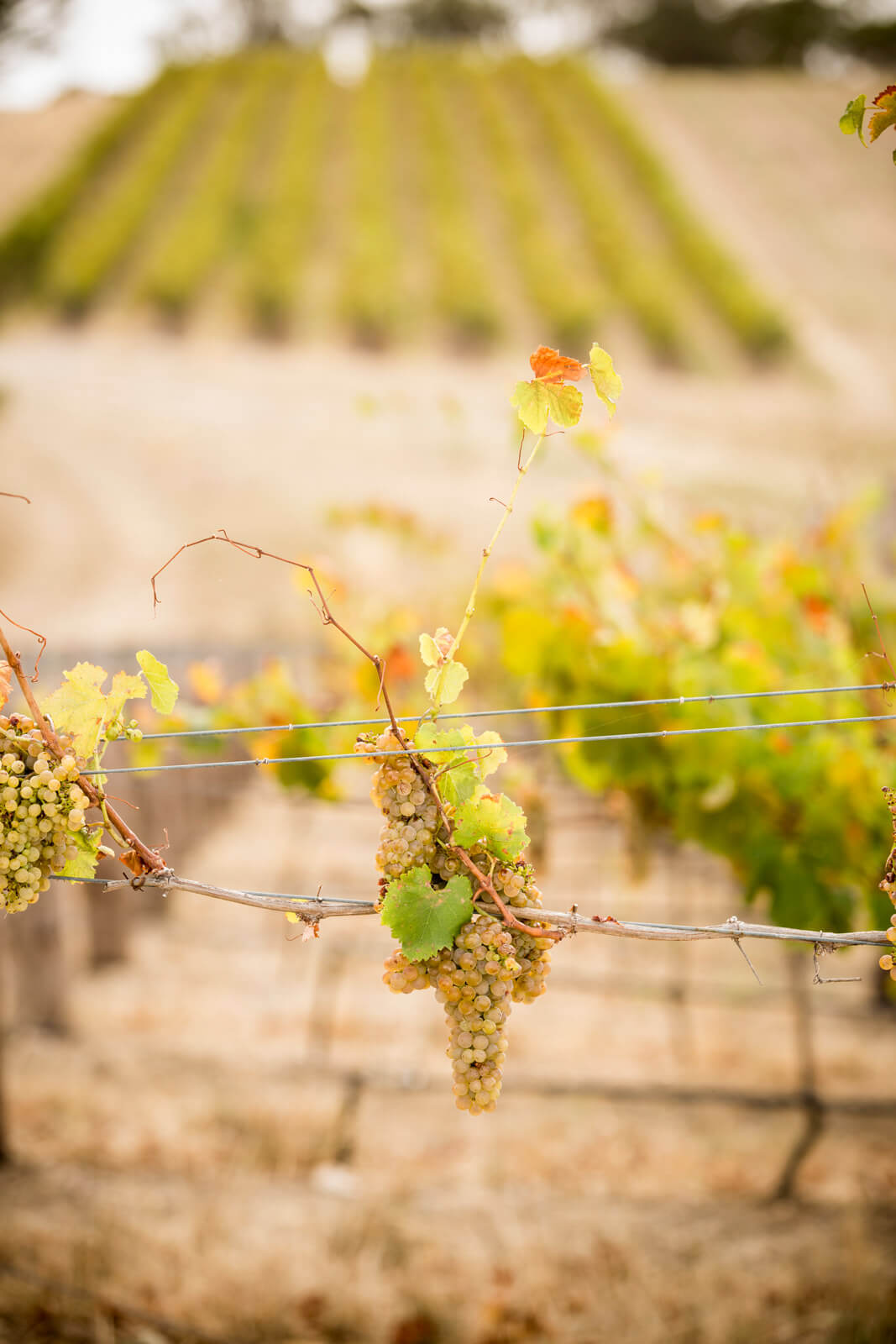
Yalumba Viognier vineyard
Unlike almost every other New World winemaker who at least has a boilerplate blueprint showing how to make its wines based on centuries of European experience, even if it is only that it is looking for a way to be different, Rose really had to work from scratch.
She was working in an era in which the vast majority of Condrieu producers had little more experience than she did. She has talked about how in the early days Yalumba worked with Viognier in the same manner as it did Riesling (another variety for which Yalumba is highly regarded). It did not go well. So rather than emulate the great wines of France, the Virgilius is a genuinely unique take on the variety. There was no other option.
Subsequent vintages became a barrel selection after ten months, although Rose describes it as “more of a barrel cull.” She and her team were seeking “more interesting, more earthy styles that might age.” Interestingly, these tended to be the barrels that were not immediately obvious.
The team at Yalumba believes that vine age is crucial and in 2005 a number of new clones from the famous Yalumba nursery were added to the vineyard.
There is every chance that wine lovers will be seeing a lot more Viognier in the coming years, not just because it is delicious or even because of the efforts of Rose and her team as well as Condrieu. This is a grape that likes the warmth. Climate change is likely to see much more of it planted, while other varieties struggle with the heat.
From various tastings over the years it is clear that this is a wine that is definitely on an upward trend. Each release seems to add something new and attain a new level of quality. As for aging, the early ones were under cork, making them a lottery, and the bottles were too often not a winning ticket.
Looking back over notes from years gone by at the older wines, the stars for me have been 2002, 2004, 2006, 2009, and 2012. I’d recommend finding a vintage you love and putting it away if you are keen to experience the pleasure aged Viognier provides. Otherwise, stick with the more recent releases.
One thing, and I am not sure if Rose realizes this, though I suspect she does: every time I have ever spoken to her about Viognier, the notes include references to red wines, once even to the extent of her preference to decant bottles of Viognier due to its “redwineness.” I’m sure this comes from the fact that this variety is more than anything else a food wine. Pairing it with various Asian cuisines, especially Chinese, works. Rich seafoods are another obvious choice.
Rose has talked about matching it with Moroccan tagines and mild curries. I suspect there is little she has not at least tried as an experiment. It is entirely possible that Rose has drunk more Viognier than any other human in history.
Tasting notes: Yalumba Virgilius 2019 and Clonakilla Viognier 2021
Yalumba Virgilius 2019 and Clonakilla Viognier 2021 are the current releases of my two favorite Australian Viogniers. Both come in around the AUD$50 mark.
Yalumba Virgilius 2019: Green gold in color, an alluring nose of rose petals, stone fruit, florals, ginger, and apricots. A hint of kernels/almond nuts. Good focus here and excellent balance with the wine showing wonderful freshness. Some complexity already emerging. Few Viogniers ever offer this much elegance, but there is still that seductive slippery texture.

Yalumba Virgilius
It might not have all the opulent exuberance of some of the range at this early stage, but it will age and improve and there is already more than enough full-flavored richness exploding in the glass. A textbook classic, young Viognier of real quality. 94.
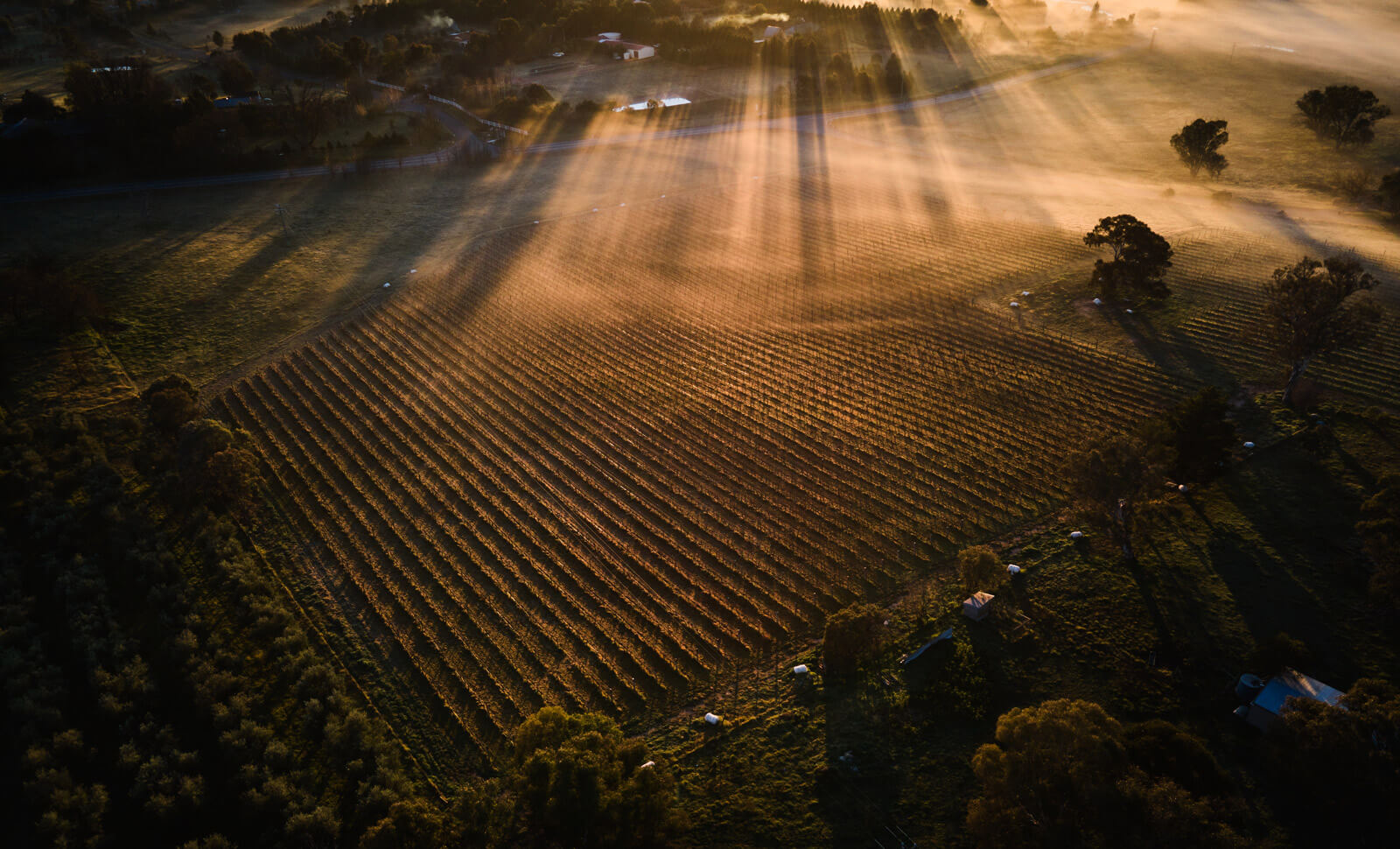
Clonakilla vineyards
Clonakilla Viognier 2021: Clonakilla makes some of the very best wines to come from Australia, so you know that if it turns its hand to Viognier, it’ll excel. And it has.
Sadly for Clonakilla, the 2020 vintage was largely destroyed by smoke taint from the fearsome and deadly bushfires that plagued the nation, but it is fighting back and 2021 is a fine year. Perhaps nature felt it owed them one. The fruit is from the Southern Tablelands of New South Wales. Barrel fermentation and then a year on lees in tight-grained French puncheons.
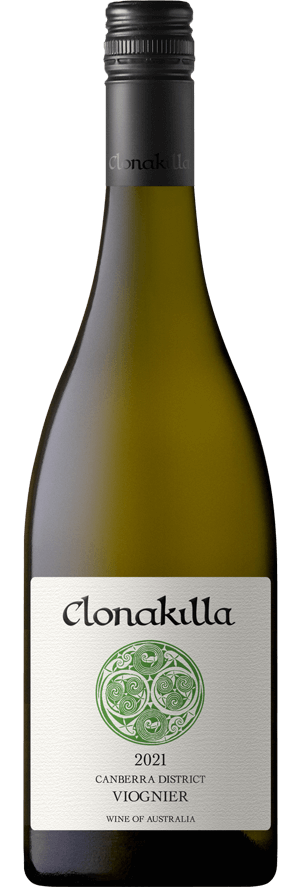
Clonakilla Viognier 2021
A lovely, limpid, pale green/yellow. The nose exhibits spices, lemon grass, ginger, and stone fruit. There is a note not dissimilar to saltbush adding to the interest here. Young and fresh, but it really does have potential. There is focus, good intensity, and excellent length. A flick of acidity, perhaps a touch more evident here than in many examples of this low-acid variety. A chewy, supple texture. Cracking stuff. 93.
You may also enjoy:
Clonakilla Shiraz Viognier: One Of The Best Australian Reds
Clos De Tart And Clos Des Lambrays: The Glory Of A Great Burgundy Is The Pinnacle Of Wine
Perrier-Jouët Belle Epoque Rosé Champagne: As Thrilling As Its Siblings



Leave a Reply
Want to join the discussion?Feel free to contribute!